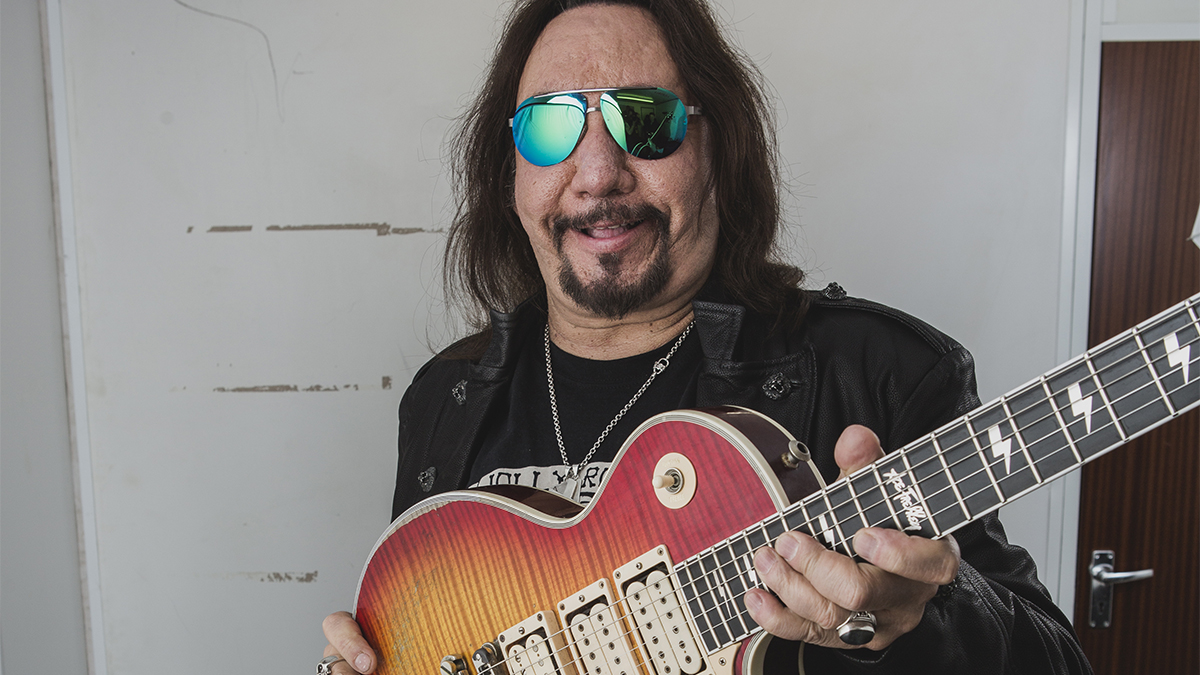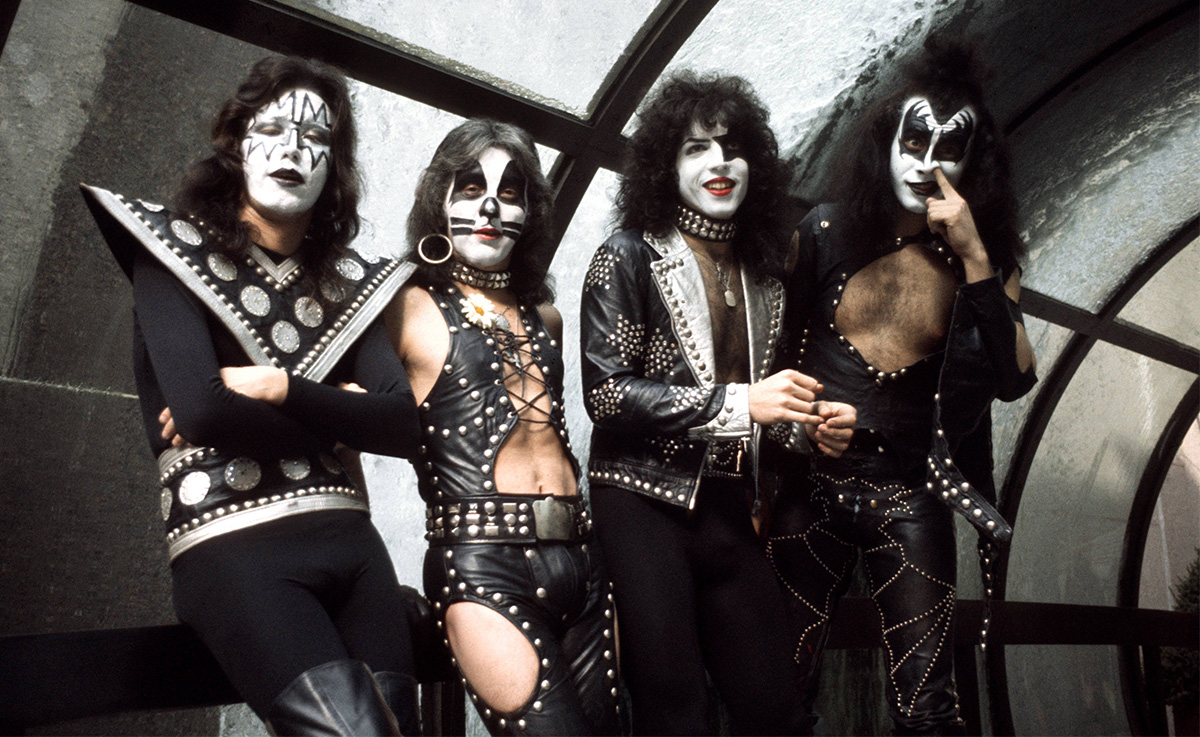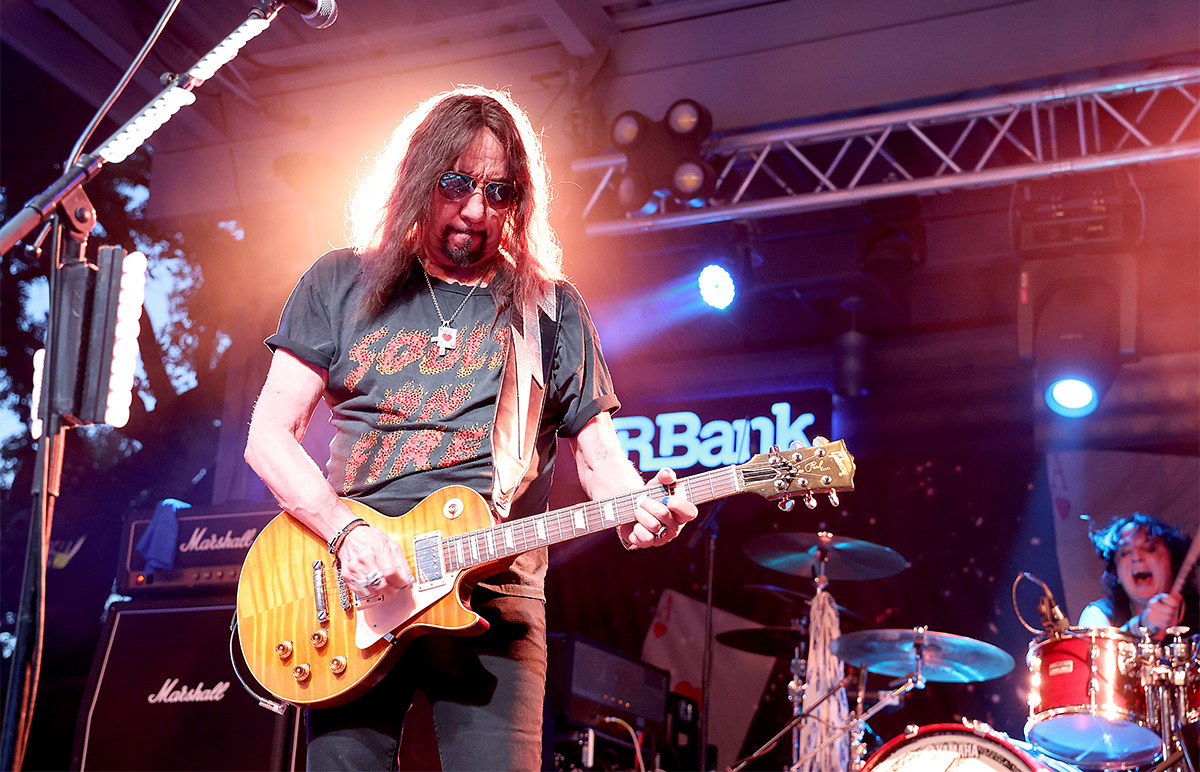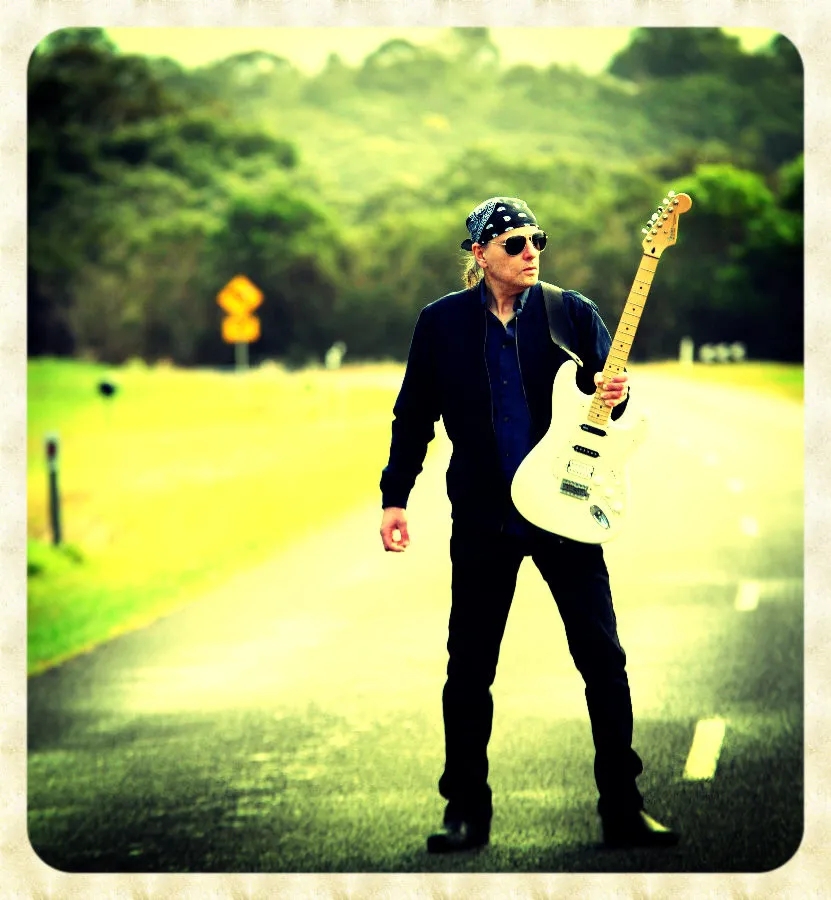“I’d probably have practiced a little more If I knew I was going to affect that many people’s lives.” Ace Frehley takes us behind the scenes of five classic Kiss cuts
The Spaceman also gave us the lowdown on a pair of tracks from his 1978 solo album

Ace Frehley was one of the original masked group members in the iconic lineup of Kiss from 1973 until his untimely exit in 1982, before returning again for another stint between 1996 to 2002. Taking on the stage persona of the Spaceman, which he inhabited as lead guitarist for the pyro musical circus that was Kiss, it became one of the most recognizable characters in popular culture. Frehley’s distinctive unschooled six-string meanderings went on to connect with a generation of electric guitar players that followed in his wake, influencing players from Kim Thayil to Ty Tabor to the late Dimebag Darrell to name but a few.
After his departure from Kiss, Frehley took to fronting his own outfit Frehley’s Comet before segueing into numerous solo outings. While having achieved some of the greatest heights of fame that being a member of Kiss bestowed, he never lost sight of who he was and where he came from, always holding firm to the belief that he was “just a kid from the Bronx who got lucky.” To Frehley, the mass admiration shown to him by fans and fellow guitarists alike causes much pause for reflection.
“I’d probably have practiced a little more If I knew I was going to affect that many people’s lives,” he says. “It does make me proud and very happy though that I influenced a lot of great guitar players. And with so many of them, I can't even begin to name, I have become friends with too. I recently went to see John 5 play and he gave me a picture of when he had met me when he was only 15 years old, and it made me feel old! But look at him now? He is such an amazing guitarist and now playing with Mötley Crüe!”

Frehley's most recent outing is 2024's 10,000 Volts, on which he's continued to prove his talent for pumping out heavy doses of attitude, high-energy hooks and riffs to die for.
“Steve Brown [Trixter, lead guitarist], my co-producer of 10,000 Volts was a huge fan of mine, and told me that his two biggest influences were me and Eddie Van Halen,” Frehley says. “And he's not only an amazing guitar player and songwriter, but he's also a great engineer. He's been engineering for over 30 years on Pro Tools. So I didn't even have to hire an engineer to record this latest record. Steve lives 45 minutes from me, and has a studio in his basement. Sometimes I'd go to his house and we'd work, and then his wife would come down around six o'clock and say, ‘dinner's ready’. We’d go upstairs, have dinner, and then I'd do magic tricks for kids.
“The process in the way I record music hasn't changed since my 1978 solo record or even before that with Kiss. I have a certain sound and it's very recognizable. I don't really think too much about what I do or how I do it, largely because I wasn't trained and I can't read music. I just kind of do things by feel and just do what feels right to me.”

And while simplicity may lay at the core of Frehley’s signature guitar work on record, additional layering of guitars to enhance the tonal colors to his rhythm tracks have always been part and parcel to his studio modus operandi. “I actually learned that technique from Pete Townshend,” he says. “If you listen to the early Who records, a lot of times when Pete recorded with an electric guitar, he would also support it by doubling it with an acoustic guitar. It's buried in the mix so you really don't hear it sometimes, but if you pulled it out of the mix, you would definitely miss it..”
All the latest guitar news, interviews, lessons, reviews, deals and more, direct to your inbox!
With Kiss officially behind him — heck, behind them as well — Frehley is at peace with what’s gone before. He even owns up to the fact that the late studio ace Bob Kulick recorded some of his guitar parts on a number of Kiss tracks.
“I normally don't look back,” Frehley ponders. “The past is the past. Bob was a great guitar player and I was really good friends with him. We’d talk to each other every now and then, and I’d meet him at places where we would jam together. I didn't, and still don’t have a problem with Bob playing on those tracks. To be honest, I was probably doing other things anyway. Or I was drunk.”
“COLD GIN” (1974)
“I wrote this song when I was in my early 20s in the subways of New York City on the way down to a KISS rehearsal one day. The main riff came into my head, and when I got there, I played it to the rest of the band. Paul, Gene and Peter said that it could make a good song, so I played with it some more and then wrote some lyrics. And next thing you know, we got a song that became a Kiss classic!
“I used a Gibson Les Paul Standard ‘honeyburst’ that I bought at Manny’s Music. It was only a couple of years old. I plugged that into a 100-watt JMP Super Lead Marshall. My whole career has been pretty much Les Pauls and Marshalls in the studio. Sometimes I'd overdub with Fenders and Danelectros and acoustics, but the Les Paul has always been the guitar I would cut the basic track with. I probably did this in one take. I don't exactly remember. It’s been over 40 years ago.”
“STRANGE WAYS” (1974)
“This is one of my all-time favorite guitar solos. It was recorded through an early model MCI automated console. I had a Marshall Stack set up along with my Les Paul, and once we recorded the basic track, I switched over to bass and threw down a bass part along with some vocals. When it came time to try and get a guitar solo down, I wasn't happy with the sound I was getting — I wanted more feedback, but we were having some issues internally with the equipment. So I said to the engineer, ‘I'm just going to go out in front of the Marshall stack and stand right in front of it and play the solo.’ So I stood in front of the stack, laid down the solo in one take. And that was the solo we kept.”
“ROCKET RIDE” (1977)
“I don’t have much recollection of this. I’m sure it was the usual Les Paul–and-Marshall combo. I vaguely recall using a Vox wah too. It was one of the older models. I just did things on the spot; I was never schooled as a musician, so I’ve always done solos without thinking, for the most part.
“With Pro Tools now, it's become a lot easier. I can just do multiple solos and piece them together. A lot of times I'll do six solos and then I'll take the front half of one, the center of another and the tail end of a third, or sometimes it'll be one solo from beginning to end. There's no rhyme or reason why anything happens, because I don't think when I play; I just play. I'm still playing this song live today. It’s a staple in my set.”
“NEW YORK GROOVE” (1978)
“To be honest, I actually didn't want to record this song. It was originally recorded by some English glam-rockers called Hello. Eddie Kramer my producer, introduced me to it. He kept saying to me, ‘Ace, you’ve got to record this song,’ and I kept saying, ‘I don't think it has anything to do with any of the other songs.’ But once we had finished recording a lot of the album in Connecticut, we went down to Manhattan to do the overdubs and vocals, and once we got down there, he finally talked me into doing it.
“We tracked ‘New York Groove’ at Plaza Sound Studios and the song turned out to be my biggest hit! Who knew? I used my sunburst ‘59 Les Paul, which I don't own anymore. I bought it in a guitar store, and it was really faded, but it was a great guitar. Gibson actually ended up putting out a copy of it several years ago. They got ahold of a guy that owned it and did a version that was aged and a regular version too.”
“RIP IT OUT” (1978)
“This is a track I wrote prior to Rock and Roll Over [1976] album. So I had it ready for that album, but because I knew that my solo album was coming up after Rock and Roll Over, I decided to keep it. I actually kept a couple of good ones — just held them back for my solo record.
“After the success of the solo record, I realized I was being more creative away from Paul and Gene and Peter than I was being with them. So the writing was kind of on the wall that I would leave and put together my own band. Plus, I was also having issues with alcohol and drugs and that kind of set things back for a while after I quit. But once I got my head screwed on straight, I put together a band and put out the first Frehley’s Comet album on Megaforce Records. But that’s a whole other story.”
Joe Matera is an Italian-Australian guitarist and music journalist who has spent the past two decades interviewing a who's who of the rock and metal world and written for Guitar World, Total Guitar, Rolling Stone, Goldmine, Sound On Sound, Classic Rock, Metal Hammer and many others. He is also a recording and performing musician and solo artist who has toured Europe on a regular basis and released several well-received albums including instrumental guitar rock outings through various European labels. Roxy Music's Phil Manzanera has called him "a great guitarist who knows what an electric guitar should sound like and plays a fluid pleasing style of rock." He's the author of two books, Backstage Pass; The Grit and the Glamour and Louder Than Words: Beyond the Backstage Pass.





